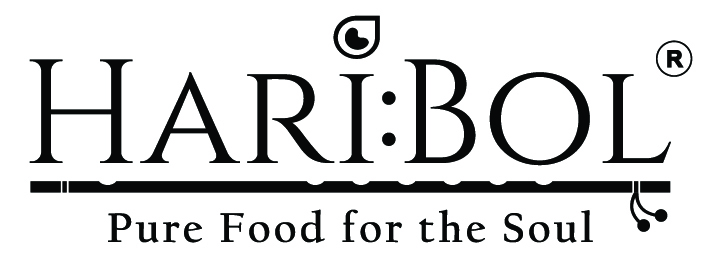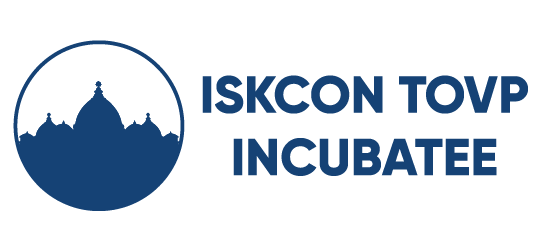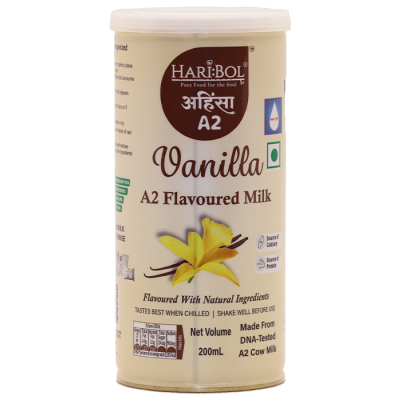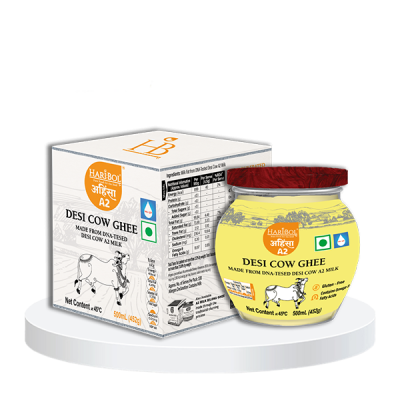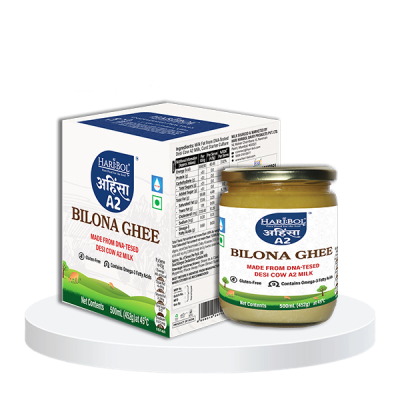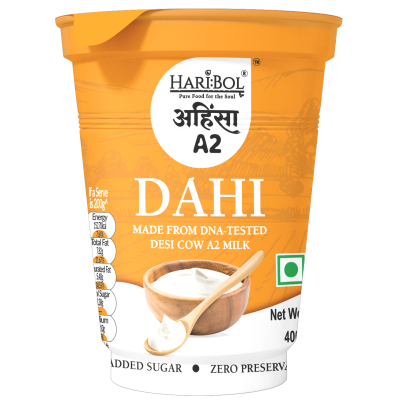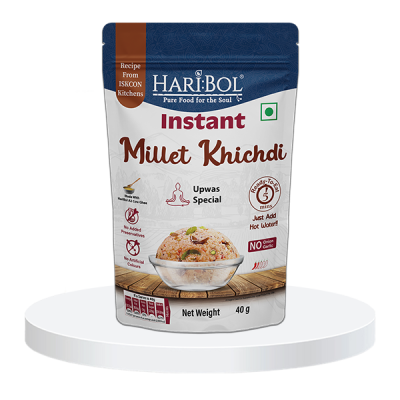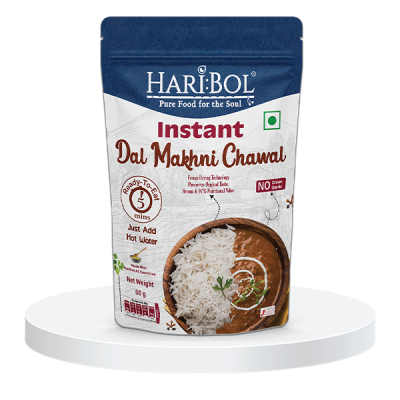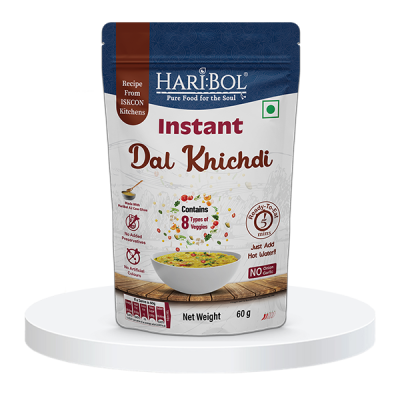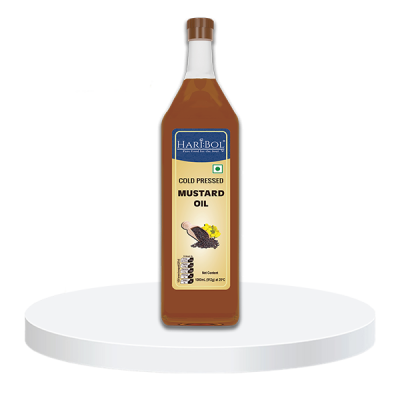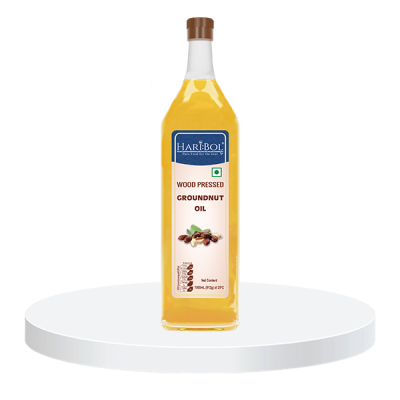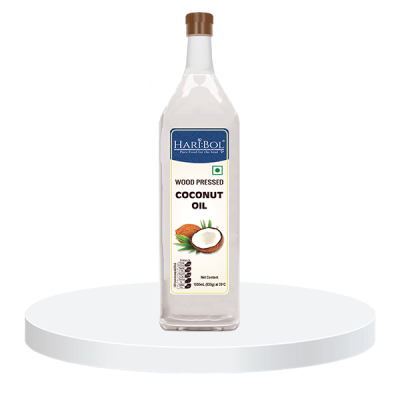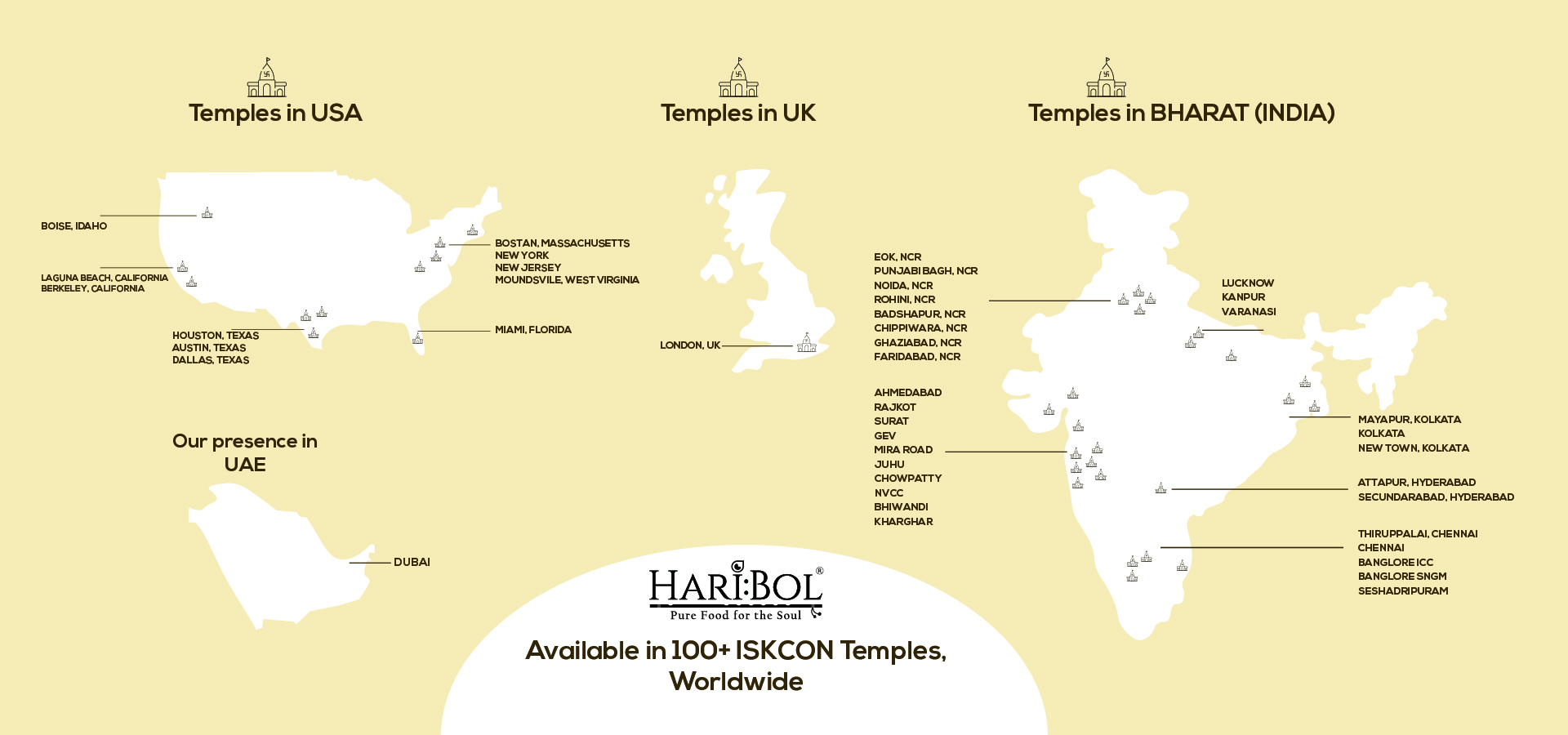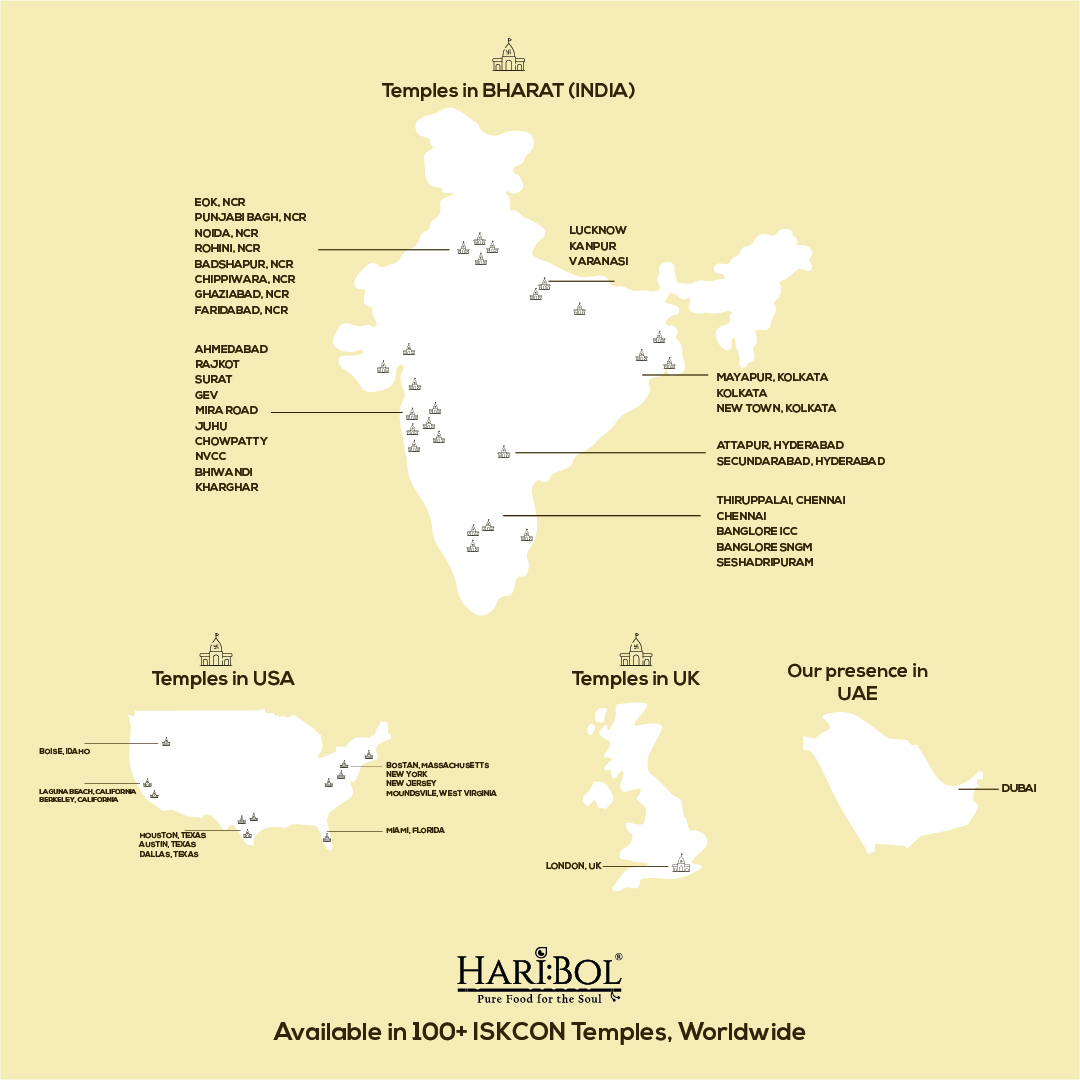HariBol Bringing Happiness With Care
Our meticulous efforts guarantee that every product from HariBol is farm fresh, completely unadulterated, entirely pure, is free from chemicals, and is pure and satvik —qualities that are reaffirmed by DNA testing and purity results of our milk.

100+
Available at ISKCON temples worldwide
15K+
Happy families benefitted worldwide

500+
Dairy Farmers supported
500+
Rural Women Cultivators supported
Organic certified
No chemicals
Natural products
DNA tested A2 milk
HariBol A2 Dairy Products
Explore a tantalizing journey and indulge in the farm-fresh goodness of HariBol Dairy Products.
HariBol Ready-To-Eat Range
Delight in the exquisite flavors and convenience of our organic culinary creations.
HariBol Cold Pressed Oil Products
Experience the unmatched quality and nutritional benefits of our cold-pressed oils.
Initiatives of ISKCON Temple of Vedic Planetarium (TOVP)

HariBol is more than just a farm-to-consumer brand; we are a heartbeat in the fabric of society, fiercely dedicated to instigating transformative change and fostering empowerment among the women of India and our country's stalwart farmers.
We wear our association with ISKCON and the TOVP as a badge of honor, a testimony to our shared values and missions.
At HariBol - the proceeds from our temple sales, the fruits of our labor, are not just numbers on a ledger. They represent a pledge, a promise to TOVP and the myriad social upliftment endeavors of ISKCON.
We have committed our gross margin from the temple sales to all social welfare drives of ISKCON and TOVP like cow protection initiative, well-being of women and farmers, de-addiction camps, food for life program and so on.
The Complete Ecosystem of Cow Protection
The wisdom of the ages, immortalized in the epic Mahabharata, serves as our beacon.
अहिंसा परमॊ धर्मस तथाहिंसा परॊ दमः
अहिंसा परमं दानम अहिंसा परमस तपः
अहिंसा परमॊ यज्ञस तथाहिस्मा परं बलम
अहिंसा परमं मित्रम अहिंसा परमं सुखम
अहिंसा परमं सत्यम अहिंसा परमं शरुतम
- Book 13, Chapter 117, Shloka 37, 38
अहिंसा परमॊ धर्मस तथाहिंसा परॊ दमः
अहिंसा परमं दानम अहिंसा परमस तपः
अहिंसा परमॊ यज्ञस तथाहिस्मा परं बलम
अहिंसा परमं मित्रम अहिंसा परमं सुखम
अहिंसा परमं सत्यम अहिंसा परमं शरुतम
- Book 13, Chapter 117, Shloka 37, 38
HariBol’s farms and cow sheds inculcate these traditional teachings, respect the feelings and sentiments of those following basic tenets of live and let live with utmost importance to Ahimsa and Satvik.
100% Ahimsa

100% Satvik

Available in 200+ stores across India




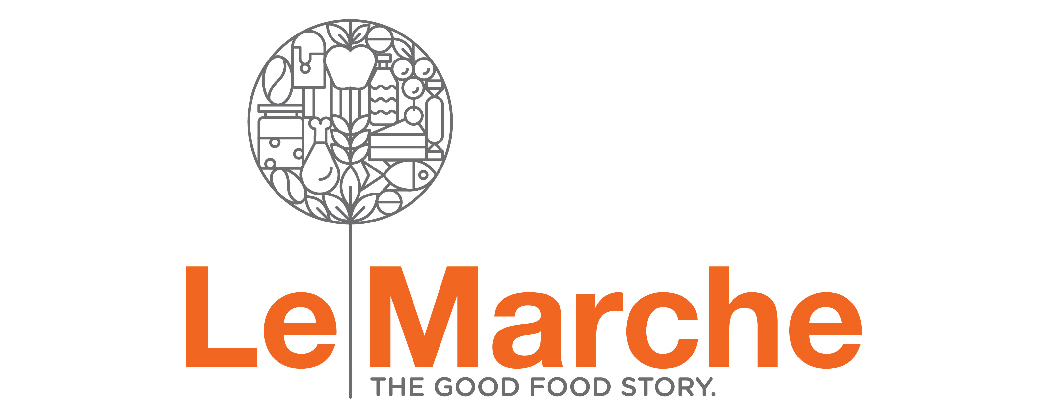


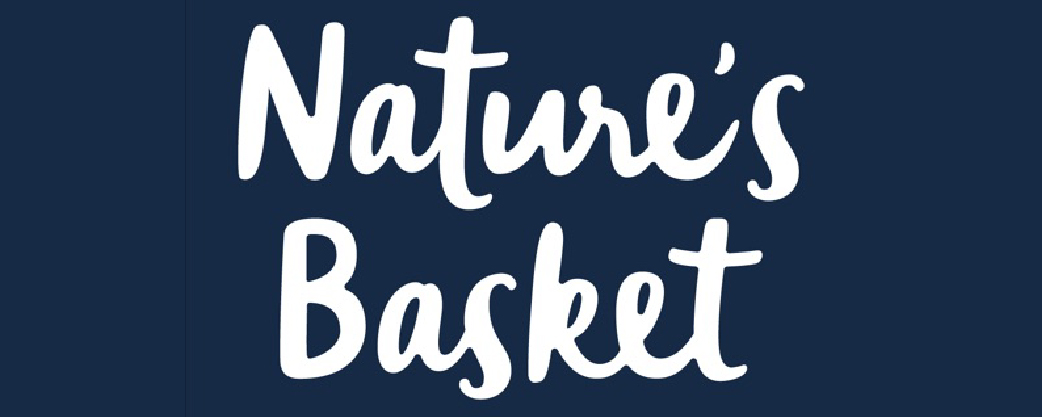




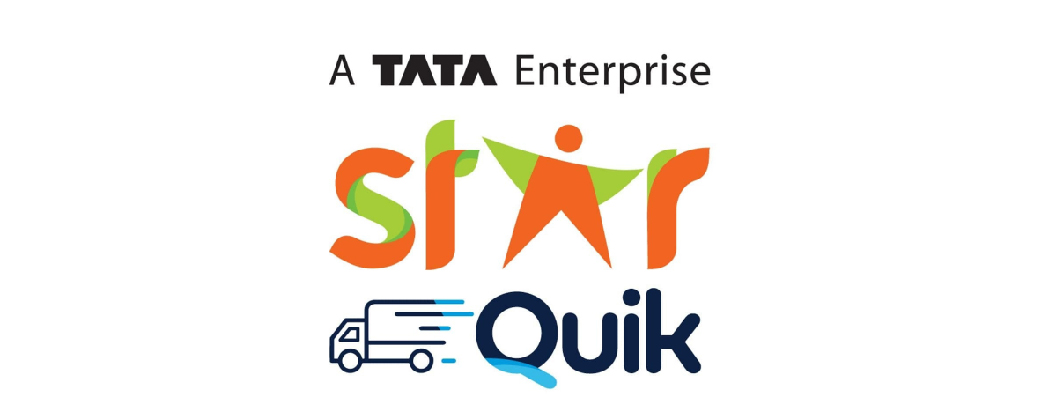
As a steadfast patron of HariBol since 2020, I have consistently relished the prompt and reliable delivery service of their A2 Milk. The milk's freshness and delightful taste make each sip a gratifying experience. With regular doorstep deliveries, HariBol ensures a seamless supply. Additionally, their assortment of dairy products, including Dahi, paneer, and Ghee, exude delectable flavours that truly tantalize the senses.

Kranti Ghag
Associate Professor
Department of Computer Engineering
D J Sanghvi College of Engineering
15K+ Happy families benefiting
from Haribol products globally
Pure food for the soul.
